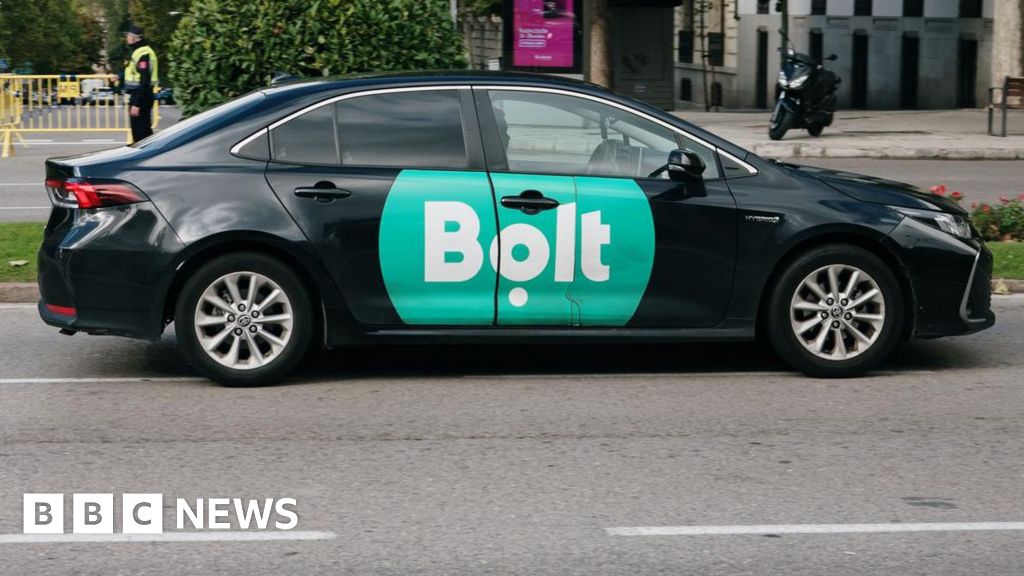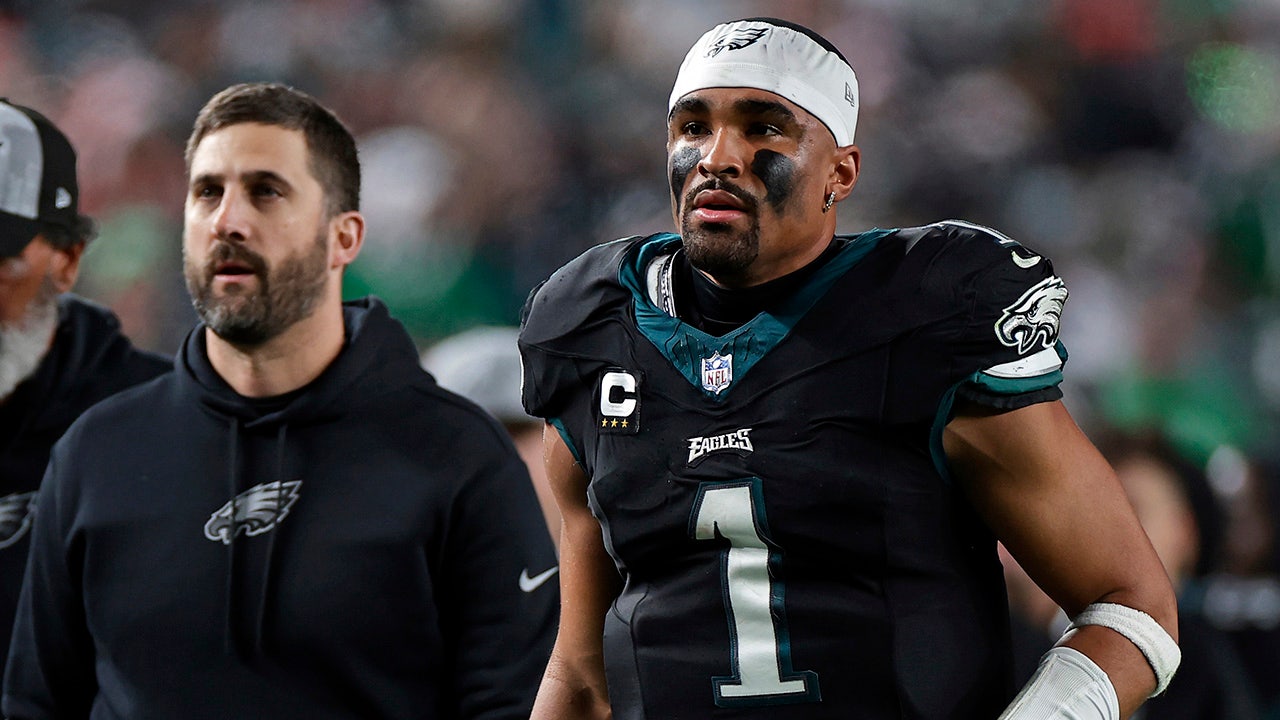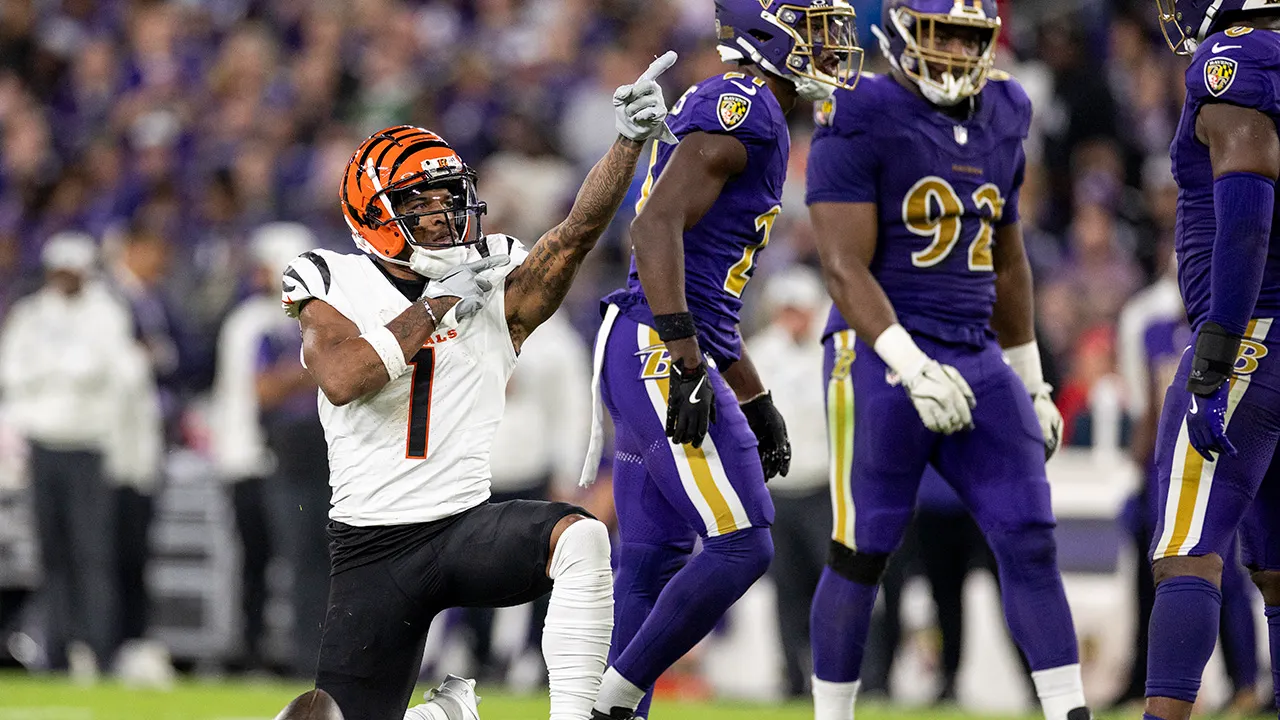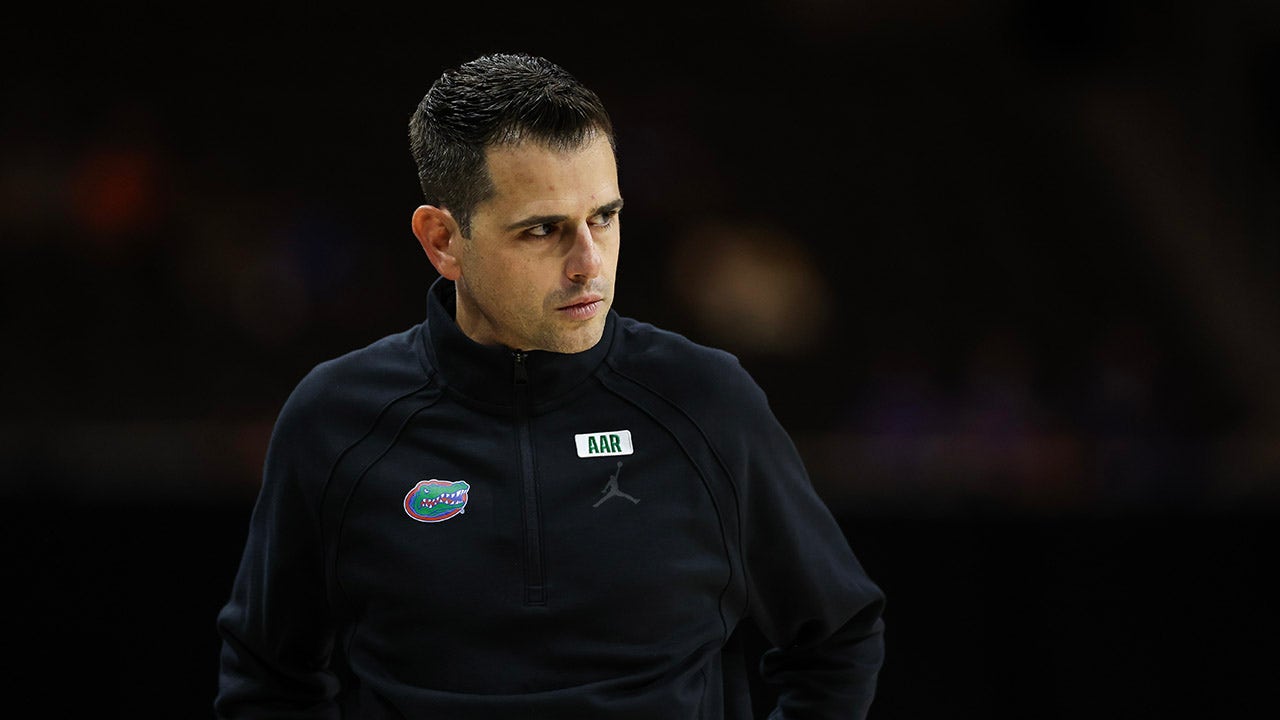Most Fed officials who weigh in on interest rate changes indicated that they expect to raise rates two more times this year. But a precise timeline remained elusive as uncertainty loomed over the economy around inflation, the job market and overall financial conditions.
“The process of getting inflation down is going to be a gradual one,” Powell said at a news conference at the end of the Fed’s two-day policy meeting on Wednesday. “It’s going to take some time.”
The decision to leave rates unchanged this week was widely expected, after a long run of rate hikes pushed the central bank’s benchmark rate up by five percentage points. Still, financial markets were mixed after officials skipped a hike this time but signaled more might follow. At Wednesday’s close, the Dow Jones Industrial Average fell 231.40 points, or 0.68 percent. The S&P 500 index rose a slight 0.08 percent, and the Nasdaq rose 0.39 percent.
Since launching their aggressive rate hike campaign in March 2022, officials have long warned that they cannot let up prematurely, saying an early end to their fight would be a mistake that would let inflation become entrenched — and force an even harder clampdown to slow the economy.
Powell reiterated that message Wednesday but said he and his colleagues were now in a different phase, where speed was less important. First the Fed slowed the pace of its rate hikes — from whopping three-quarter-point steps last year to quart-point increases more recently — and now it’s going even slower. The focus over the next few months will be on whether any more hikes are needed to get overall inflation back to 2 percent using the central bank’s preferred indicator, which currently shows a year-over-year inflation rate of 4.4 percent.
For all the questions, the economy is showing plenty of strength. Employers added a whopping 339,000 jobs in May, marking the 29th straight month of strong job growth. Analysts keep having to push back their forecasts for a looming recession. And even though Americans are spending less on restaurants, hotels and airlines, that might actually help the Fed’s attempts to curb prices in services industries, which have been especially susceptible to labor shortages.
Analysts and economists were divided on whether the Fed’s decision to hold rates steady made sense. Some said the pause was far overdue, while others argued that it was premature to stop raising rates if the Fed expects the economy to accelerate and key inflation measures to stay hot.
“This is a real head-scratcher,” said John Leer, chief economist at Morning Consult. “They’re trying to have it both ways, and my fear is that they’re kicking the can down the road, which is going to make it more difficult to do what they need to do: fight inflation.”
Fed officials release new economic forecasts every few months, and the most recent ones appear slightly more optimistic than they were in March. Officials now expect the economy to grow 1 percent this year (compared to 0.4 percent before), and for the unemployment rate to end the year at 4.1 percent (compared to 4.5 percent).
The Fed’s benchmark interest rate, known as the federal funds rate, sits between 5 and 5.25 percent. That level is generally considered high enough to slow the economy. But it remains to be seen whether it is enough to tame varying sources of inflation. Goods prices are still elevated as demand stays strong. Rent costs are still hot. And the Fed is particularly focused on inflation from the services sector, which remains susceptible to labor shortages and rising wages.
Government data released Tuesday showed some progress on inflation — but included worrying signs that some of the stickiest reasons for high prices just aren’t budging. A new crop of economic projections from the Fed also showed officials are more pessimistic about that narrower measure known as “core inflation,” which strips out volatile categories like food and energy, and can be especially hard to root out. (The release earlier this week covered a different metric from the Fed’s preferred inflation indicator.)
“We are going to get inflation down to 2 percent over time,” Powell said. “We want to do that with the minimum damage we can to the economy, of course. But we have to get inflation to 2 percent and we will. We just don’t see that yet.”
Much of the reason is that rate hikes operate with a lag — it takes time for higher interest rates to slow the economy. But there, too, officials aren’t guided by any playbook. Some Fed critics began pushing for a pause last year, warning that the Fed was outrunning inflation. Their argument was that in doling out whopping, consecutive rate hikes, the Fed was moving too forcefully, and overcorrecting for past mistakes.
The uncertainty was another reason all 11 Fed policymakers opted to hold rates steady this week.
When asked about how lag effects will inform the Fed’s decisions over the next six months, Powell said, “I can’t point to a specific data point.” He also said it was too soon to tell how much credit tightening — a consequence of the March banking crisis — would continue to ooze through the financial system as banks pull back on issuing loans.
“I think we’ll see it when we see inflation really flattening out reliably and then starting to soften,” he said. “Ideally, by taking a little more time, we won’t go well past the the level where we need to go.”














































